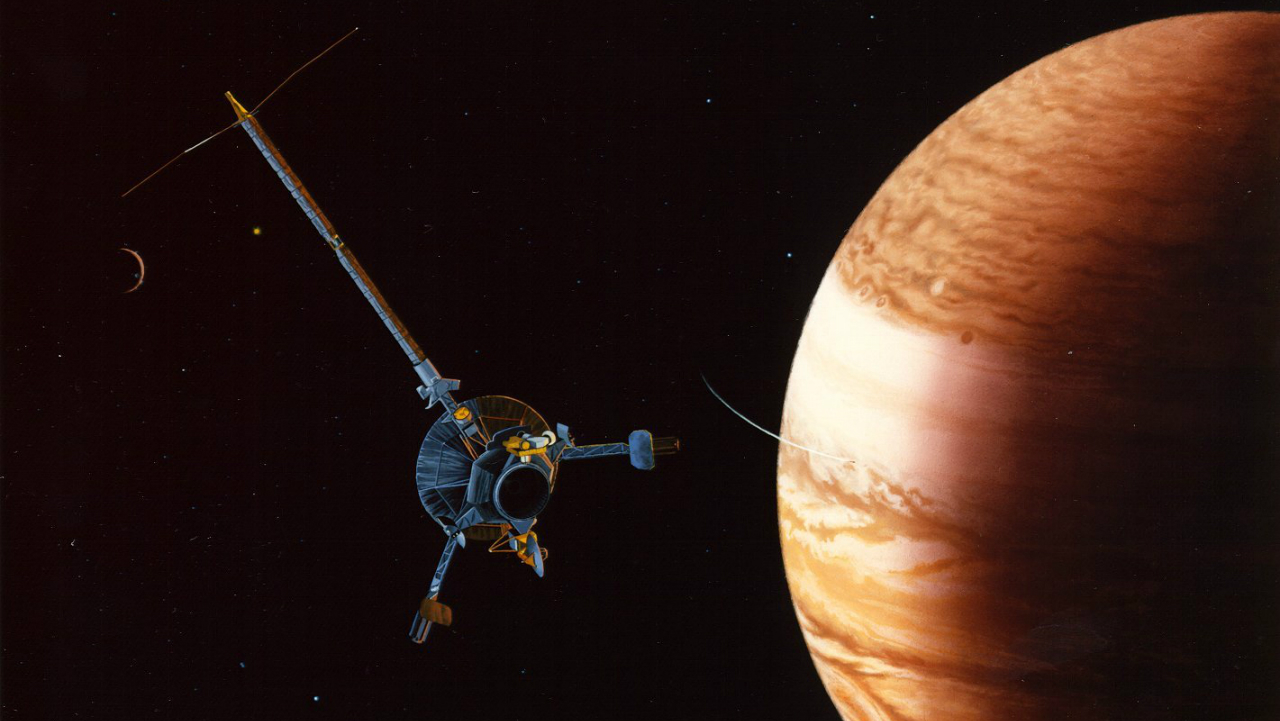
I’ve always loathed Jupiter.
For one thing, I am not stoked on toxic gases or crushing gravity. And the weather on Jupiter is abysmal, with wind speeds roughly twice those of hurricanes on Earth.
Were I in charge, I once told a theoretical physicist at Vanderbilt University in Nashville, I would set about destroying Jupiter for the good of humanity. He reminded me that in 1994, a like-minded comet smashed into the gas giant, which is some 89,000 miles across. The result was like a bullet fired into a mountain of shaving cream, accomplishing nothing.
Sometimes when I am feeling crabby aboard an overly humid BART car with no vacant seats I think, “Well, of all the places in the universe that I could be right now, at least I’m not on Jupiter.”
I mention this to explain the vindication I feel upon learning that Jupiter may be the reason our solar system is, it’s turning out, something of a weirdo among its galactic peers. Scientists perusing thousands of exoplanets (some potentially habitable) in other systems around the Milky Way are discovering that rocky “super-Earths” are commonplace.